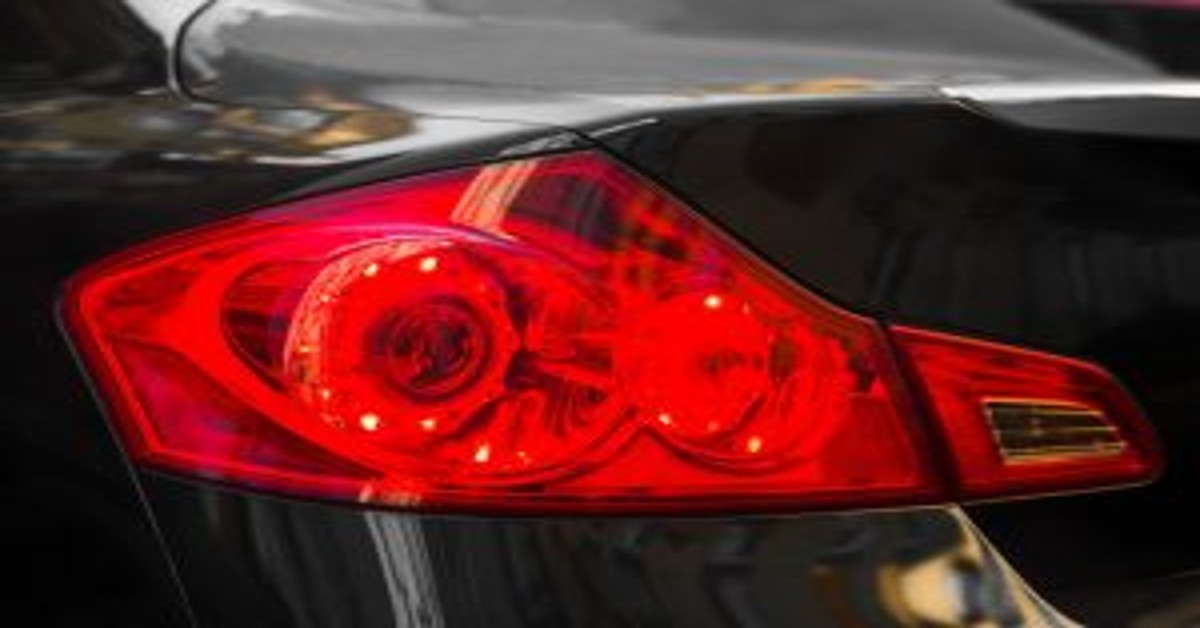Taillights act as an important safety aspect for a vehicle, they work to improve your rear vision as well as your visibility to other drivers, preventing rear-end collisions and enabling deft maneuvering.
Due to the turn signal switch, the taillights are turned on whenever the headlights are active though in some vehicles the single bulb present in the rear end has two separate filaments,
one for the brakes and one for the tail lights which might be one of the reasons your tail lights are not working but brake lights are among other reasons.
- Turn Signal Switch
- Bad Ambient Light Sensor
- Burnt Out Taillight Bulbs
- Blown Fuse
- Bad Wiring
- Moisture In Taillight Lenses
- Bad Ground Strap
Table of Contents
Turn Signal Switch
The turn signal switch performs the key function of indicating a vehicle’s turn to other drivers. When the vehicle is steered in either of the directions, this switch electrically, informs the turn signal flasher to activate the correct light from the two sides.
Generally, if everything is in working order, the taillights will be activated on every turn, though malfunction of the signal switch can cause weird lighting conditions, where either the headlight may not work or the taillight refuses to turn up.
Bad Ambient Light Sensor
Ambient sensors are a smart way to use the lighting in a vehicle and many modern car makers have been adopting this technology as of late.
The sensor sends information signals of the surroundings of the vehicle to the computer for regulating exterior lighting.
They turn the headlights and tail lights on and off based on the outer conditions. If this sensor begins to falter, it will not be able to detect the surroundings accurately, rendering a false reading to the computer.
So if your brake lights are working fine though the tail and headlights are not turning on, a bad ambient sensor might just be the cause.
Burnt Out Taillight Bulbs
Though this might not be the case where the problem is a bit complexed, it is perhaps the most common reason for taillight malfunction from old and worn-out bulbs.
This is actually one of the first places you should attempt to look at as a simple refitting with a little bit of cleaning and wiping can do the trick.
Further, you can also try to check the socket with new bulbs or bulbs from the adjacent side if only one of the tail lights is not working.
Blown Fuse
A blown fuse is another potential cause why your taillights stopped working when the brake lights are still intact as both of them share separate circuits for power circulation.
The fuse box for the tail light is located down the dashboard where it connects the lighting system to the power source,
If the fuse is somehow broken or blown, the taillights may not function. Replacing the fuse box in case of damage is recommended and may solve the problem.
Checking the fuse box alone though is not enough as a fuse indicates a deeper problem within the electrical system of a vehicle and might not give definitive answers if the lights do not come on even after fixing the fuse.
Moisture In Taillight Lenses
One of the most common reasons for socket failure is corrosion. Having a crack or knick in one of the taillight lenses could be one reason why you have brake lights but no taillights.
If there is a crack in the lense it will allow moisture to seep into the socket causing rust buildup. And as water sits there, it may well also render the bulbs non-functional.
To check for corrosion in the sockets, look for discoloration at their base, a corroded one will have hues resembling many colors but primarily with a bright whitish tint.
Getting a complete taillight overhaul might be the way to go with both socket and lens replacement but if you just have a crack and wish to fix it yourself, you can use tape to cover the crack.
Bad Ground Strap
Since the electrical lights work on a circuit, a good ground is indispensable for the proper functioning of the taillights.
You can take a close look to see if the ground is firm and or doesn’t have any corrosion. In many instances, simply disconnecting and bolting back the ground with a thorough cleaning helps but you should have a mechanic take a look if you are not familiar with connecting ground.
Bad Wiring
Lastly, you need to check to see if all the cables are intact. It is extremely important for the wires connecting the lights to be unharmed. If the wires are damaged or chapped,
It can cause the sporadic failure of the lighting system, though you shouldn’t wait until a complete blowout.
Having the wiring checked and replaced by a professional is recommended as this is not a DIY task.
Tail Lights Replacement Cost
Buying new taillights and replacing them yourself can cost you around 1500-4000 rupees or 20- 50 USD depending upon the type of taillight you go for.
It is recommended to choose the taillight specified by the manufacturer. Alternatively, having it replaced by an expert for proper installation can add a minimum of around 300 INR or 5 USD to your total cost.
Note that normal bulbs used in cars are serviceable and you can get them fixed if you face any kind of minor issue although this is not the same for LEDs. Modern cars using LEDs will need the complete taillight assembly replaced.


